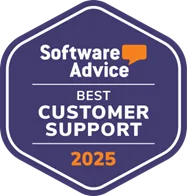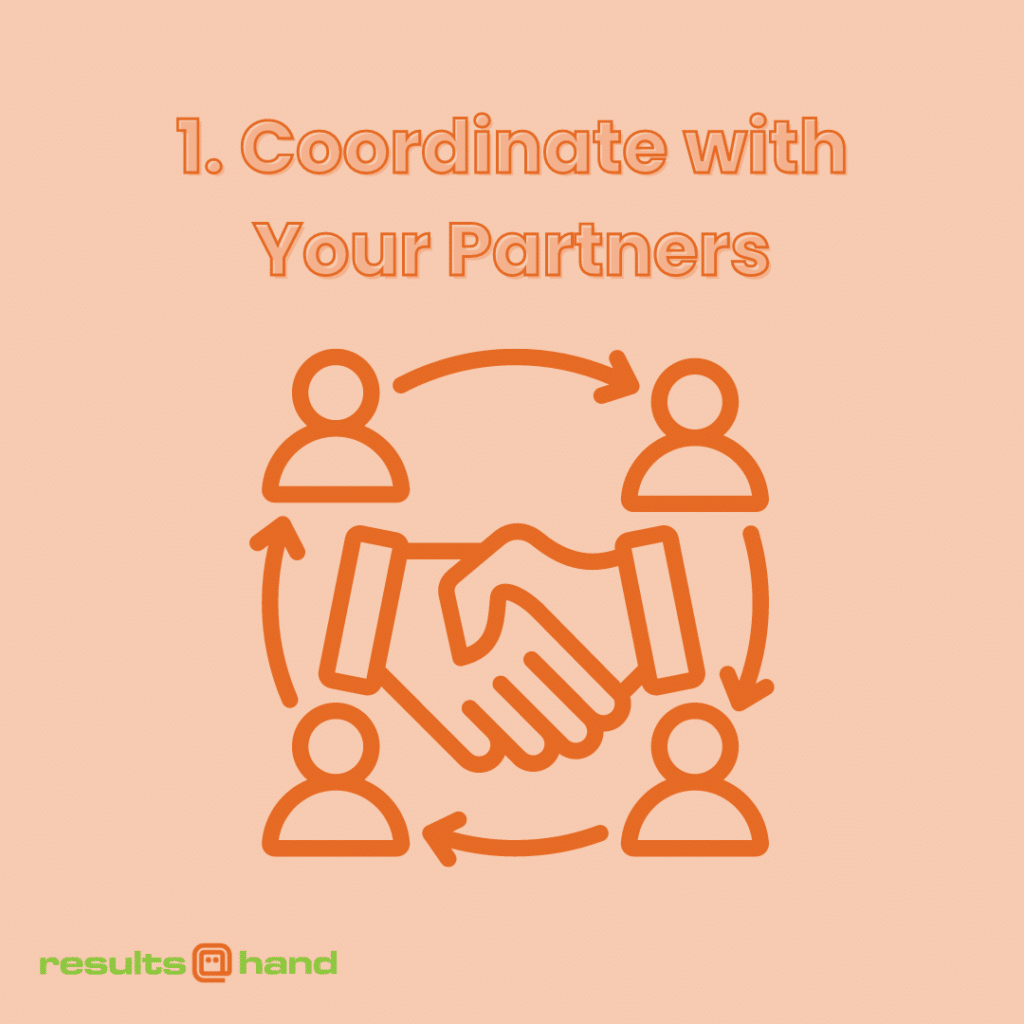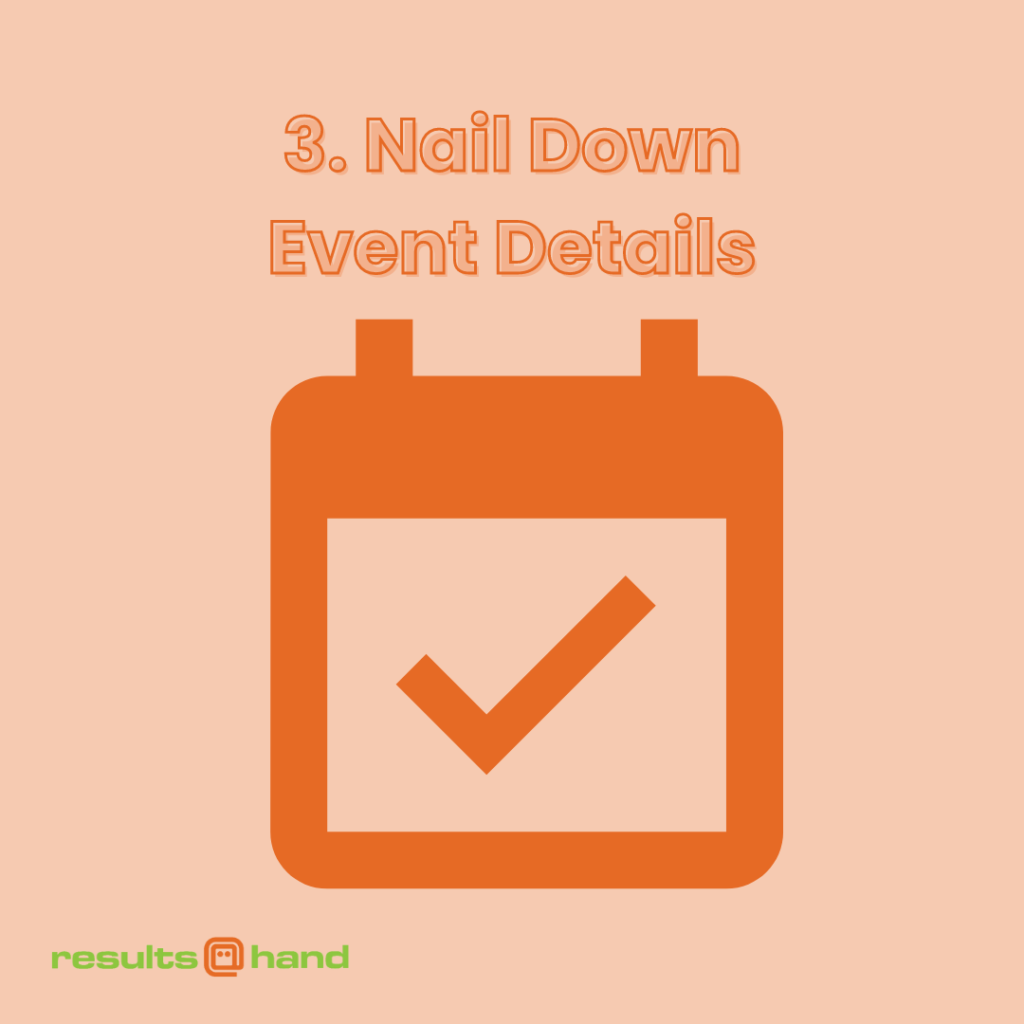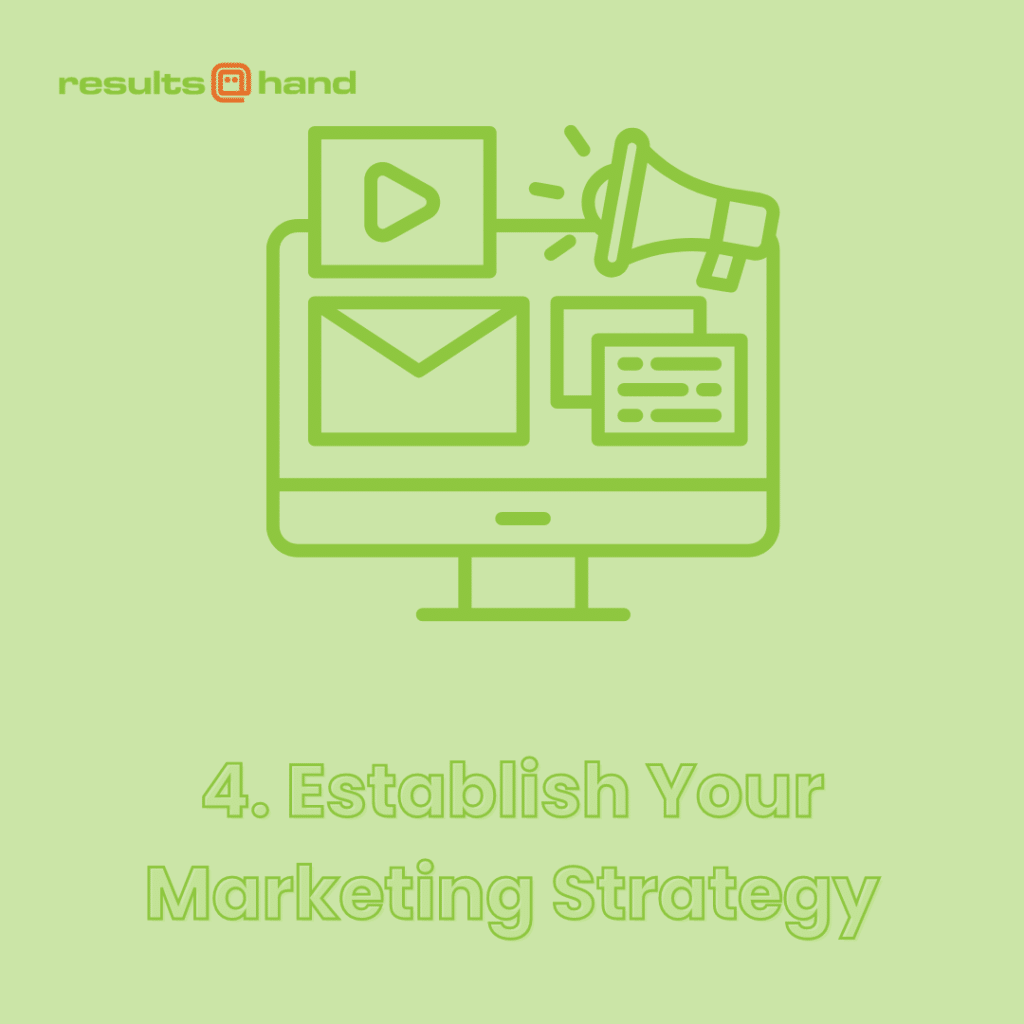Events centered on corporate social responsibility (CSR) are mutually beneficial for businesses and mission-driven organizations. They’re valuable opportunities to increase visibility, secure new relationships, and strengthen existing connections. However, CSR-centric events have complexities that other types of gatherings don’t.
To help you organize and market your next CSR event, we’ve created this quick checklist of tasks you must complete to ensure your success. Whether you’re looking for tips for your first event or need best practices to improve your hundredth event, you’re sure to find them here.
Coordinate with your partners.
Companies organizing CSR events typically partner with nonprofits or other mission-driven organizations. For example, a company may choose a specific nonprofit to support through its team volunteer day, in which employees donate their time and effort to one cause. Generally, you want to choose an organization that:
- Is reputable. Research potential nonprofit partners thoroughly. Use sites such as Charity Navigator and Guidestar to get more information about the organization and see if they’re a registered nonprofit. Look up their IRS records or ask them for their financial information to ensure any potential partner is credible.
- Shares similar values. Aside from reputability, look for organizations that share your values or CSR goals. For example, if your current focus is on sustainability, you might partner with an environmental conservation nonprofit.
Usually, mission-driven organizations will seek out your business for CSR events, as they may need sponsorship or support in other ways. However, if you’re interested in partnering with specific organizations, don’t be afraid to connect with them first! For example, if you run a gym, you might want to partner with nonprofits focused on improving health awareness in the community.
Define your event’s goals and objectives.
Your next step is to align your event’s goals with your partner’s objectives. After all, your CSR initiatives aim to support organizations and causes that align with your work—the event should also be helpful to the nonprofit. These organizations usually have two main goals for their events:
- To increase awareness of their cause. When a business hosts CSR-centric events, nonprofits benefit from being able to access the business’s audience. This helps them spread awareness of their mission and gather more potential supporters.
- To raise more funds to further their mission. Connecting with businesses for events allows mission-driven organizations to optimize their fundraising and generate more funds to power their mission.
Determine how you can work together with your partner to accomplish their goals. For example, if your business plans to host a marathon-style event, then the nonprofit may want to focus on increasing awareness. That’s because these events tend to draw big crowds and media coverage, making it the perfect stage to broadcast their mission.
Additionally, don’t forget that the event can also be used to further some of your business’s goals. You might set goals relating to:
- Brand reputation and awareness. According to 360MatchPro, consumers are four to six times more likely to trust, champion, and purchase from companies with a strong purpose. Through your CSR event, whether you’re simply sponsoring or organizing the event on behalf of a nonprofit cause, you’ll show your audience that you’re dedicated to your values and boost your reputation.
- Relationships with existing customers. CSR events are an opportunity to reinforce your business’s values to your existing customers. With 25% of consumers claiming zero tolerance for infractions of ethical corporate codes, this is a great way to keep your clients’ trust.
- Employee engagement. As 93% of employees believe companies must lead purposefully, hosting CSR events is a great technique for keeping employees engaged with your business’s goals and their roles.
Use the SMART framework to set specific, measurable, achievable, relevant, and time-bound goals. For example, you might set the goal of helping your nonprofit partner raise $50,000 by the end of your event if your last event (that you had less time to prepare for) raised $42,000.
Nail down event details.
At this point, you’re ready to begin fleshing out what your event will look like. That means you’ll need to nail down details like:
- Budget
- Date and time
- Venue
- Vendors
Let’s go back to the example of the charity marathon above. You’ll work with your nonprofit partner to determine the event’s budget, and then use those funds to begin making preparations. You decide to host your event during a weekend morning in early fall to ensure maximum attendance. Then, you’ll acquire permits from the city, as you need to cordon off areas to ensure the safety of runners.
You can worry about vendors and staffing once all those details have been secured. Since marathons draw many spectators, you may hire food trucks so they have something to snack on while they watch. You may also enlist the help of your employees or the nonprofit’s volunteers to direct runners to the right places on event day. Finally, you might also take Sneakers4Good’s advice and accept donations of old running shoes to further your business’s commitment to sustainability, recycling the shoes you receive to save them from landfills.
Establish your marketing strategy.
At this point, you’ve completed almost all the preparations necessary for your event. You just need to make sure that people attend! To do that, a robust marketing strategy is crucial. Start with channels such as:
- Event microsites. Set up a website that’s dedicated to your event. This will serve as a one-stop shop for anyone looking for more information or to register for your event.
- Blog content. If you or your nonprofit partner run a blog on your respective websites, write a dedicated post about your upcoming CSR event. It will pique the interest of any individuals who check your blog before the event.
- Email. Send email newsletters and event invitations to your business’s customers and your nonprofit partner’s audience. Include a link to your registration page to make the process easier.
- Social media. For maximum visibility, advertise your event on key social media platforms. Facebook, Instagram, and LinkedIn are great places to start, but don’t neglect any other existing social media accounts.
- Posters and flyers. For events that serve a specific community, posters and flyers are a great way to catch the attention of potential attendees. For instance, putting up posters for your walk-a-thon or 5K might attract the interest of local running clubs.
Although it’s best to market your event through as many channels as possible, keep in mind the specific audiences you and your partner want to target. Ask yourself: What are their preferred communication channels? Use those as the foundation for your marketing strategy.
And that’s the big picture of what you need to take care of while planning your event! In the days just before your event, run through your venue and any technology to ensure everything runs smoothly on the day of. After the event is over, touch base with your nonprofit partner and thank them for the opportunity to work with them. Be sure to show your gratitude to everyone else involved in your event, from vendors to volunteers to staff members to attendees.







